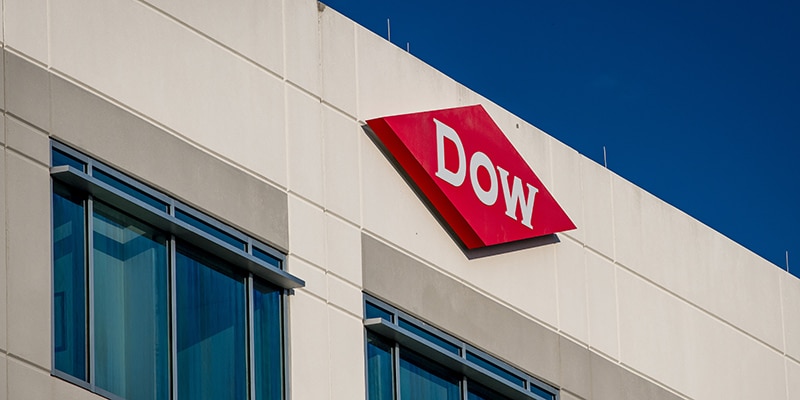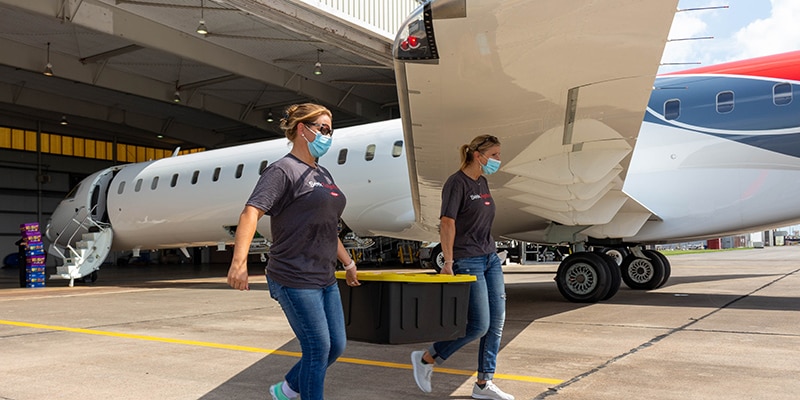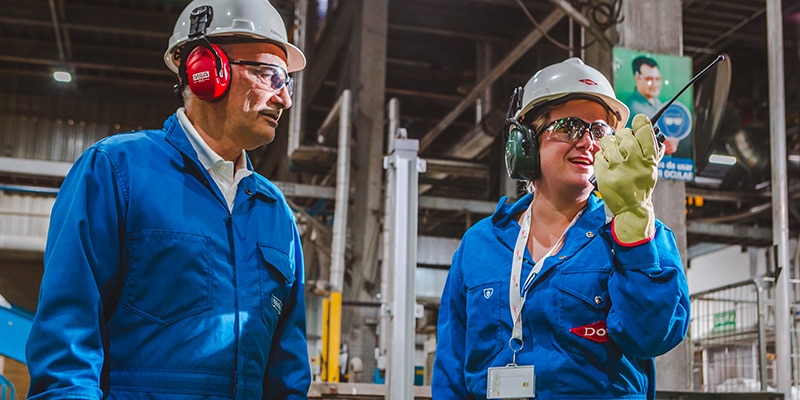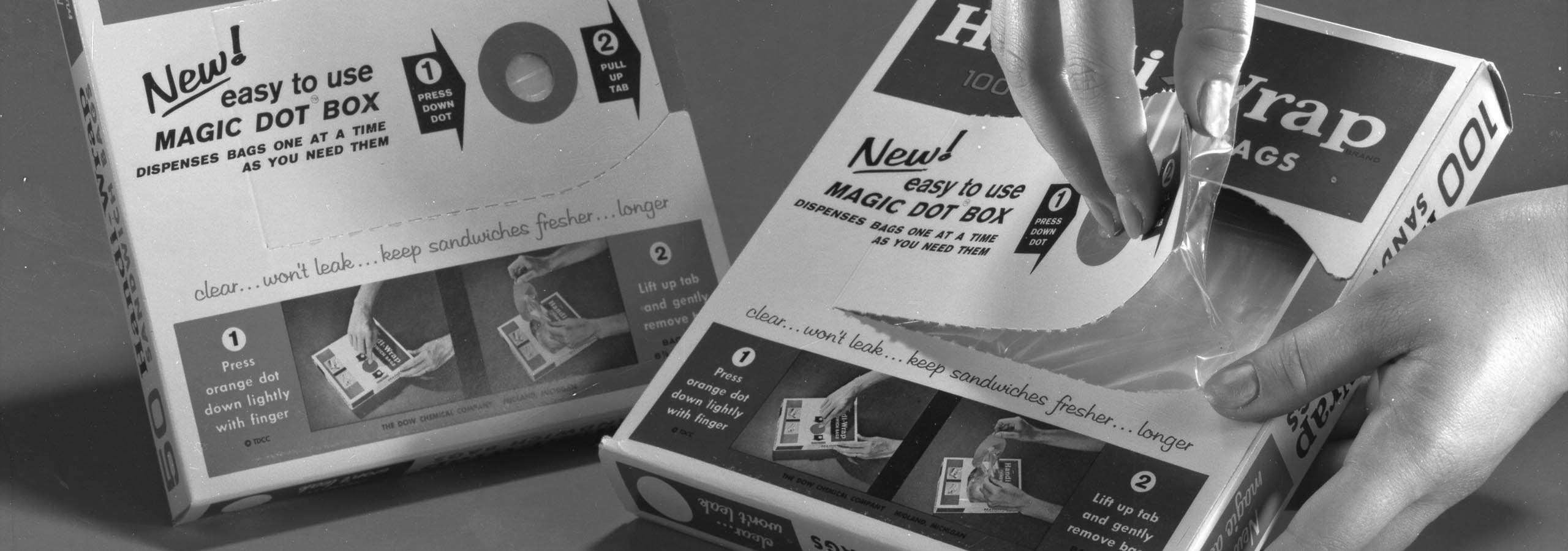“If you can’t do it better, why do it?”
– Herbert H. Dow
Dow’s legacy reflects a commitment to look forward and do things better. We continue to focus on solving the toughest challenges of today and tomorrow—driven by our ambition to become the world’s most innovative, customer-centric, inclusive and sustainable materials science company. Our history reminds us that we have the ability to change the world through collaborative partnerships, science and technology. Learn more about the history of Dow.











